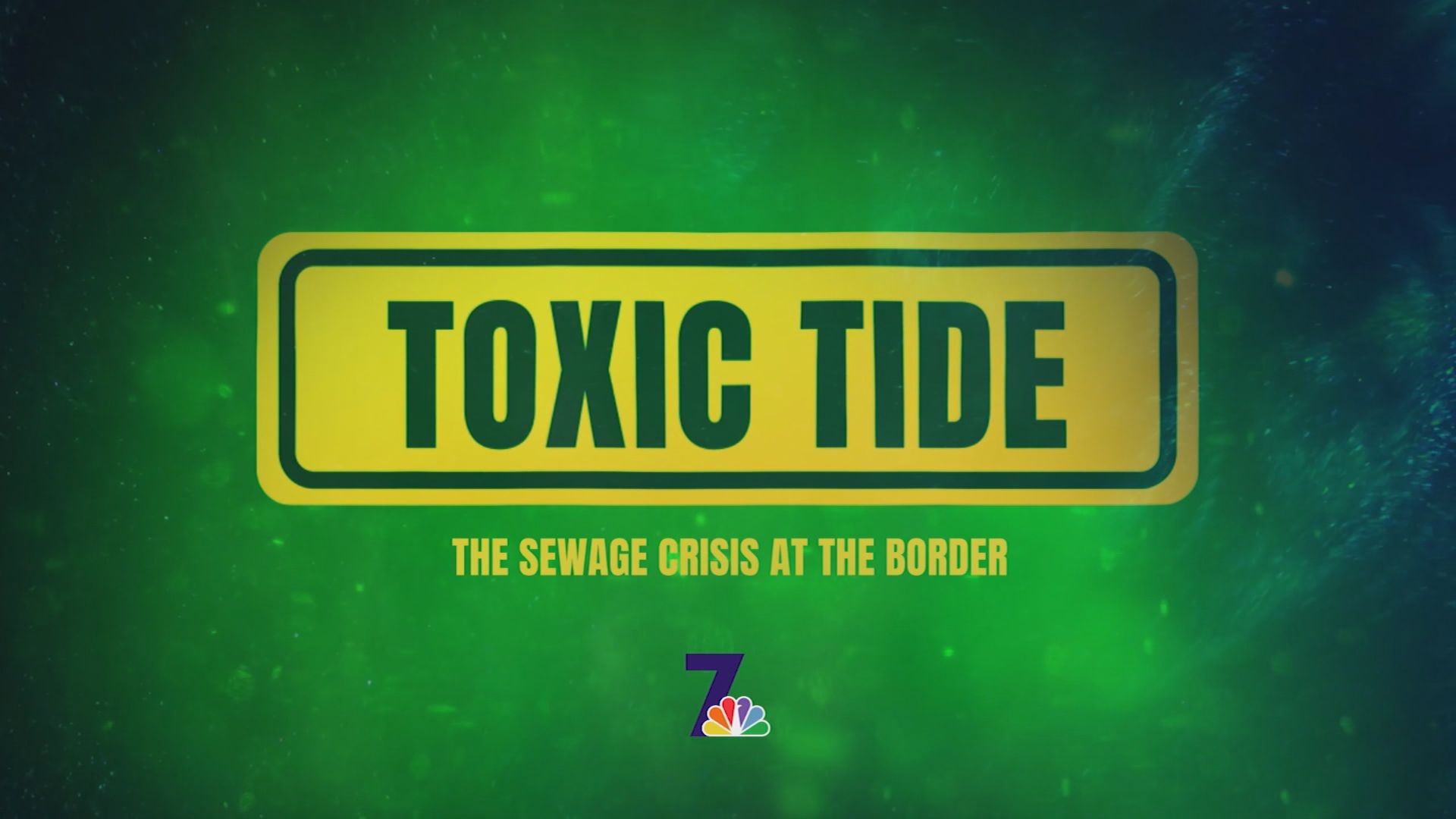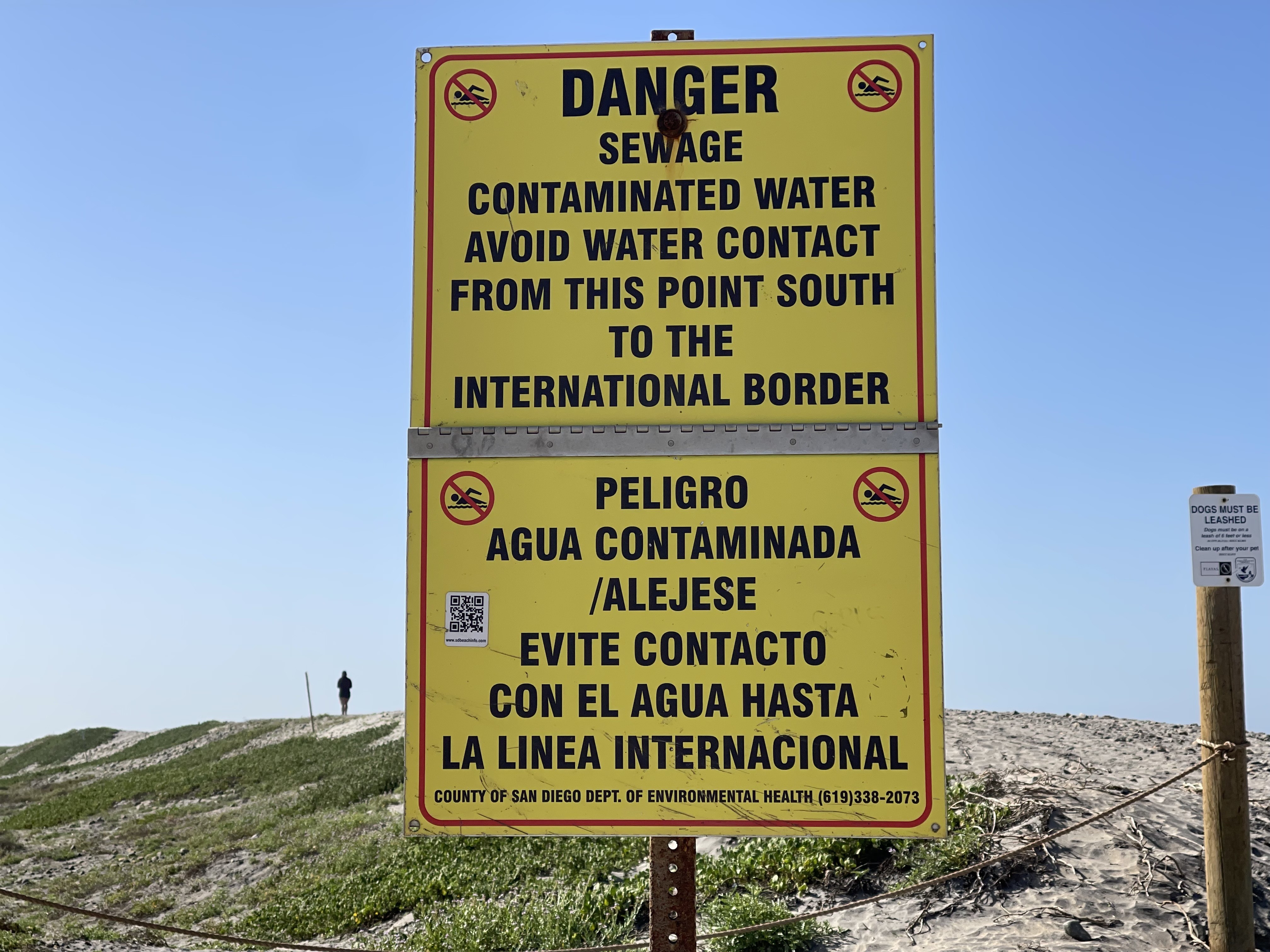The Tijuana River has been named one of the country's "most endangered," according to a report released Tuesday by environmentally-focused nonprofit American Rivers.
The national organization annually looks at watersheds around the country, how they are impacted by pollution and climate change and ranks them according to the magnitude of the threat, whether the public can take action and the river's significance to people and nature.
The 120-mile-long intermittent river that flows into the Pacific Ocean in San Diego County was ranked No. 9 on American Rivers' report. The river is heavily polluted from raw sewage and chemical contaminants from the city of Tijuana.
"For too long, sewage in the Tijuana River Valley has harmed public health, our local economies, and our ecosystems," said Rep. Juan Vargas, D-San Diego. "This designation reaffirms what our communities already know too well - - toxic pollution is flowing into the Tijuana River every day and we need the South Bay International Wastewater Treatment Plant to be expanded as quickly as possible."
Get top local stories in San Diego delivered to you every morning. >Sign up for NBC San Diego's News Headlines newsletter.
Toxic Tide
According to the U.S. Environmental Protection Agency, 44% of waterways in the United States are too polluted for swimming or fishing, and freshwater species are going extinct faster than ocean or land species.
"All water is connected. We cannot allow pollution anywhere without risk to the rivers we rely on for our drinking water," said Tom Kiernan, president and CEO of American Rivers. "America's Most Endangered Rivers is a national call to action to defend the streams and rivers on which all life depends."
The Tijuana estuary, the largest remaining natural coastal wetland in Southern California and one of the few remaining salt marshes, is home to more than 370 types of birds and multiple endangered species.
However, transboundary flows of toxic waste and sewage can measure 35- 50 million gallons per day and the beaches of Imperial Beach have been shut down for nearly 800 consecutive days as a result.
More action is needed to fix wastewater treatment plants on both sides of the border, the report says.
"In August 2023, Hurricane Hilary revealed that years of deferred maintenance at the [International Wastewater Treatment Plant] will cost significantly more to fix, bringing the total price tag to nearly $1 billion," the authors of the report write. "Additional funding will be continually required to maintain border water infrastructure and prevent this from happening again."
According to Vargas, the San Diego congressional delegation secured significant funding that can be used to make improvements to the treatment plant. This funding includes $156 million for the U.S. International Boundary Water Commission allocated in March and $300 million in 2019 to expand the South Bay International Wastewater Treatment Plant from 25 million gallons per day to 50 million gallons per day.
"We're continuing to push for additional resources and to make sure the country of Mexico does its part as well," Vargas said. "Our work is far from over. We'll keep fighting for the health of our communities and waterways."
The Surfrider Foundation of San Diego County and Baja-based Un Mar de Colores submitted the Tijuana River for review by American Rivers.




